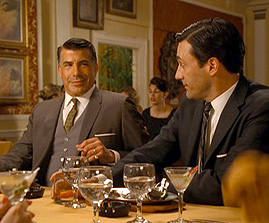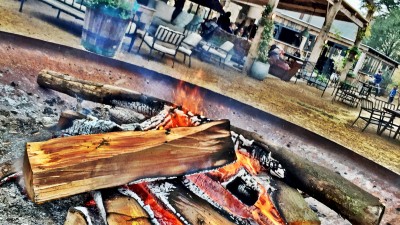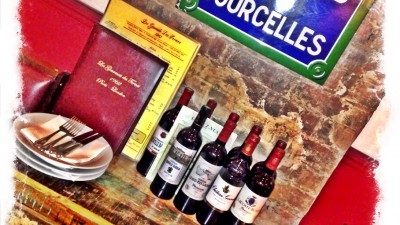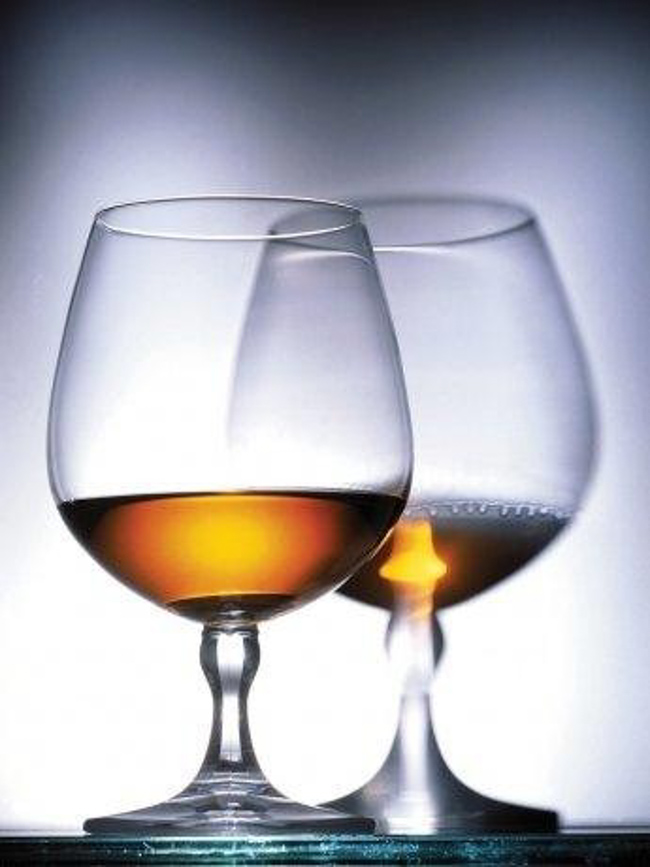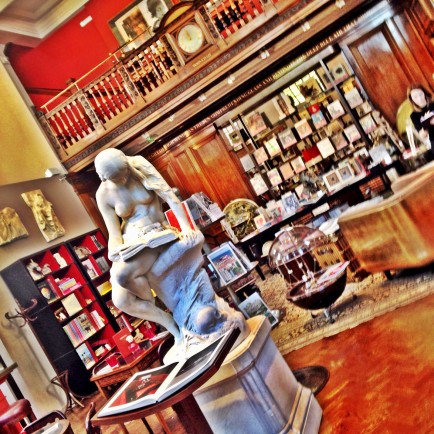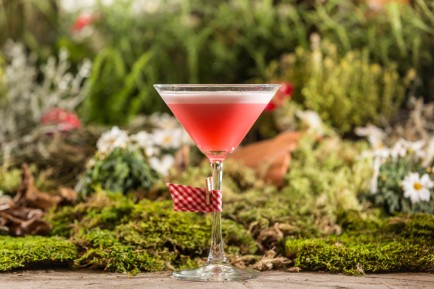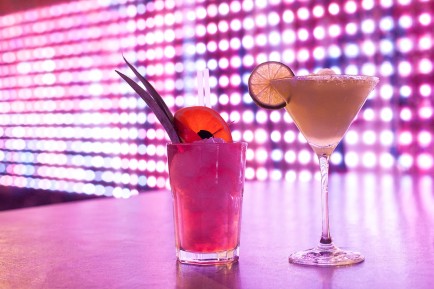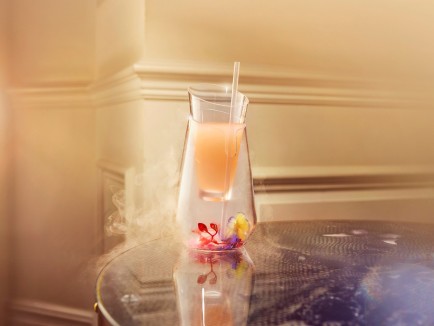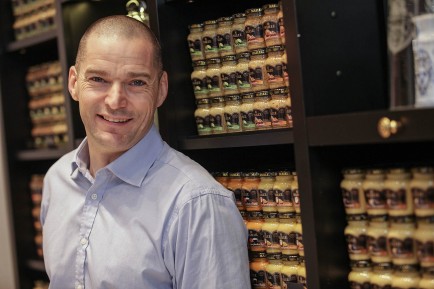Created in the 17th century thanks to the process of doubly distilling the white wines produced in the area surrounding the town of Cognac, this French brandy has enjoyed over the last decade a remarkable increase in popularity. Moving from its traditional image as the liquor of choice for cigar chomping businessmen, it has been adopted by the world of hip hop (P Diddy, Jay Z, Missy Elliott, Eminen have all extolled the beauty of « yak »), while its use has evolved from traditional digestif to contemporary cocktails and frozen shots. Here, Alexandre Quentin, UK ambassador for Rémy Martin, a house founded in 1724 and ranked first in the market’s premium category, gives Chic-Londres a little lesson on cognac.
What do the terms found on cognac bottles -VS, VSOP and XO- mean?Those are the official quality grades of cognac according to the BNIC (Bureau National Interprofessionnel du Cognac), which are used to determine how old the brandy is. Funnily enough, they don’t mean anything in French as they were originally created by the English, who were the first big consumers of cognac. “VS” means “Very Special” where the youngest brandy is stored for at least two years in cask; “VSOP” means “Very Special Old Pale”, where the youngest brandy is stored at least four years in cask, and “XO” means “Extra Old”, where the youngest brandy is stored for at least six, but usually much longer. From 2012, this designation will move to at least ten years.
What makes a good cognac? As in other wines, its quality first comes from the soil, or « terroir ». Rémy Martin only produces eaux-de-vie from grapes grown in Grande and Petite Champagne, the region’s best vineyards, not to be mistaken with the Reims region, where champagne is made. However, like in Reims, the soil there is very chalky and porous, which enables us to produce a very elegant type of cognac, which matures perfectly. Another criteria is the length of maturation in the cask, as the longer the liquor stays in contact with the wood, the more intense aromas it will get, with some of our barrels containing spirits that are aged for more than a century.
How do you rate its quality? You do through three main criteria of excellence. First it must achieve balance between sugar, salt, acidity and bitterness, and between aromas of flowers, fruits and spices. Then you measure its opulence, as a good cognac provides a voluptuous sensation which must spread in the whole palate. At last, you can judge a good cognac by its length: the taste of a VSOP will stay in the mouth for a few minutes, about twenty minutes for a XO and up to one hour with an exceptional cognac like Louis XIII.
What is the consumers’ profile and are there any tasting rules to follow? There is not one type of cognac but several, which target different consumers. VSOPs remain traditionally linked to 35-75 year-old men, while our Cœur de Cognac, which is fruity and smooth with no the leathery undertaste, tends to appeal to a younger and more feminine clientele. As a result, cognac can be enjoyed in many different ways: as a classical digestif after the meal, but also as an aperitif in cocktails before the meal or as a dessert wine. A VSOP can be frozen like vodka, which will give a viscous liquor perfect to be enjoyed with smoked salmon canapés. An XO is of course perfect at the end of a meal with a cigar like the Siglo VI by Cohiba, but can also be consumed with a chocolate fondant. Cœur de Cognac makes for a perfect dessert wine, especially with a caramelised apple tart. So I would say that the best rule is just to enjoy your cognac in whatever way you want, and not to be afraid to be a bit innovative…

